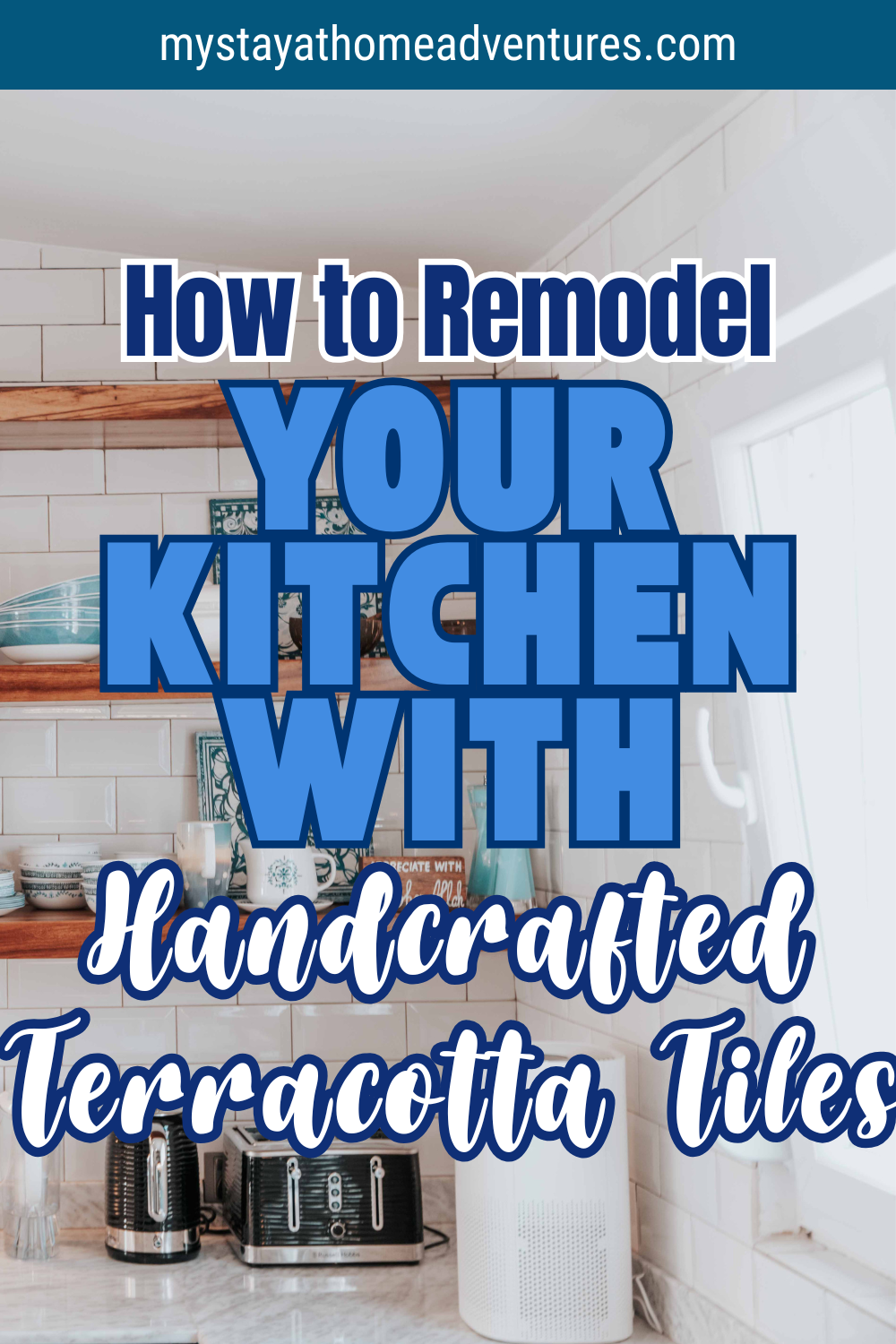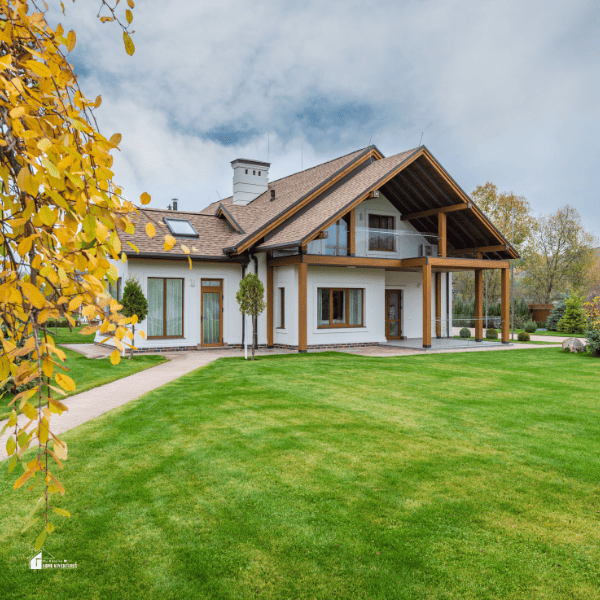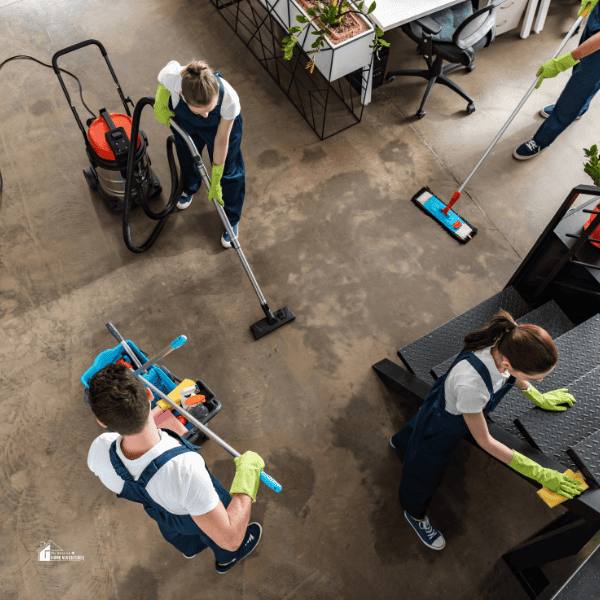How to Remodel Your Kitchen with Handcrafted Terracotta Tiles
This post may contain affiliate links which might earn us money. Please read my Disclosure and Privacy policies hereRemodeling your kitchen is one of the most exciting (and let’s be honest, overwhelming) home projects you can take on. Between Pinterest boards and TikTok trends, it’s easy to lose sight of what truly transforms a kitchen from cookie-cutter to one of a kind: timeless materials and thoughtful design.
If you’re craving warmth, texture, and character in your kitchen remodel, here’s a material that deserves serious attention: handcrafted terracotta tiles. So are they back in trend?
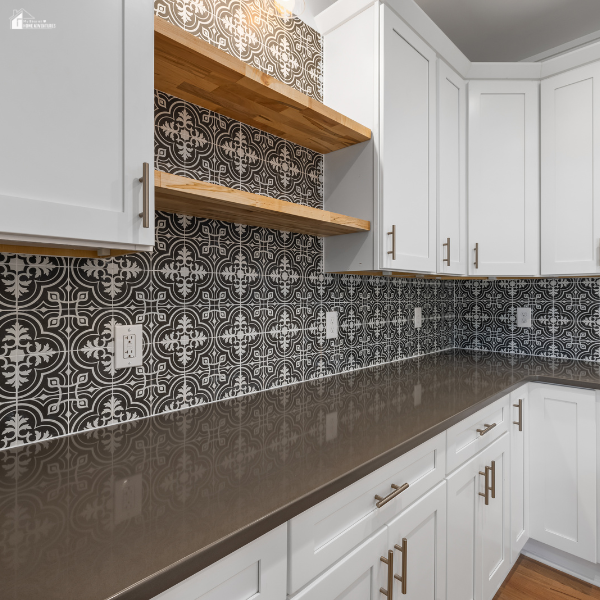
Well, these sunbaked beauties are making a stunning comeback in today’s most soulful kitchens. And the best part? They are durable, sustainable, and uniquely personal.
Let’s explore how to design a kitchen remodel around this earthy classic and where to find some of the best options available.
Why Choose Terracotta for Your Kitchen?
Before you start choosing cabinet pulls or light fixtures, take a moment to think about your surfaces. Flooring and backsplashes take up a massive amount of visual real estate in the kitchen. That’s why the material you choose matters, and terracotta brings more to the table than meets the eye.
Aged Gracefully Over Centuries
Terracotta, Italian for “baked earth,” has been used in architecture for thousands of years. Ancient Romans used it for amphorae and flooring. In the Mediterranean, it's still a staple for its warmth and durability.
If your dream kitchen leans rustic, bohemian, modern farmhouse, or even contemporary with a touch of soul, terracotta fits the mood.
Each Tile Tells a Story
Unlike machine-made ceramic or porcelain, handcrafted terracotta tiles carry natural variations in tone, texture, and size. No two are exactly the same. This imperfection is intentional—it adds depth and charm you simply can’t replicate with factory tile.
Sustainability Matters
Many terracotta tiles are made using centuries-old methods that rely on natural clay and minimal processing. If eco-conscious remodeling is on your radar, terracotta is a strong, low-impact option.
How to Incorporate Terracotta Tiles in Your Kitchen
Ready to start planning? Here’s where handcrafted terracotta can elevate your remodel, along with examples to help you visualize the possibilities.
1. Flooring That Grounds the Space
If you want to make a statement from the ground up, terracotta tile flooring adds instant warmth. It's ideal for open-plan kitchens where you want to visually define the space without overpowering it.
Example: In a Spanish-style home, large square terracotta tiles with dark grout complement arched doorways and natural wood cabinetry.

2. Backsplashes That Age Like Wine
Terracotta isn’t just for underfoot; it shines on vertical surfaces too. A backsplash of handcrafted tiles can add unexpected texture and earthiness to your cooking zone.
- Example: A kitchen with floating oak shelves features glazed terracotta subway tiles in a soft coral tone, creating a warm contrast against white walls.
- Choose a glazed finish if you are concerned about staining and ease of cleaning.
- Go for unglazed or raw if you love that soft, matte patina that builds over time.
3. Feature Walls and Open Shelving
Consider wrapping a feature wall behind open shelving in terracotta tile. It creates a tactile backdrop for displaying ceramics, cookbooks, or even trailing plants. The tiles become artwork in their own right.
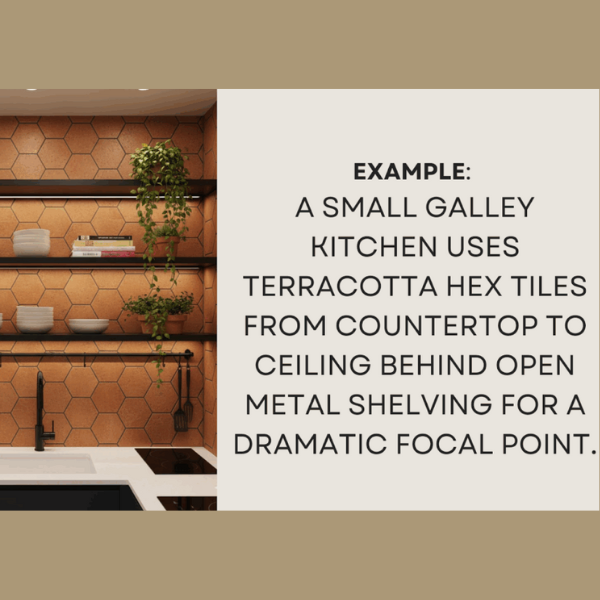
4. Accent Nooks or Range Hoods
Think creatively about where you can add warmth and texture.
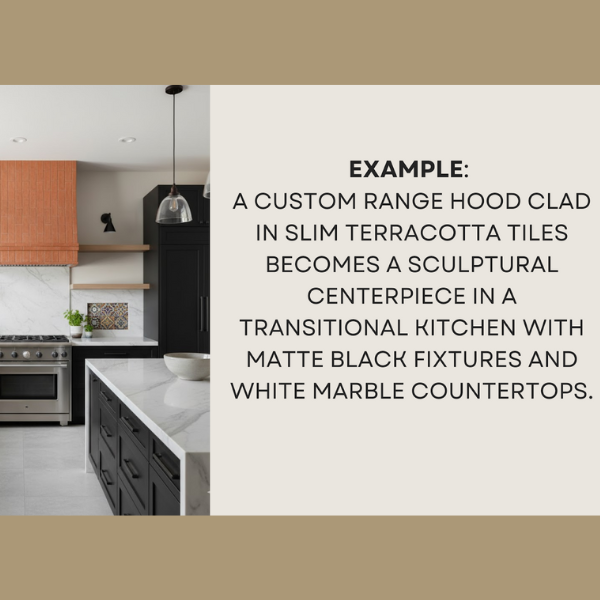
- Example: A custom range hood clad in slim terracotta tiles becomes a sculptural centerpiece in a transitional kitchen with matte black fixtures and white marble countertops.
- Use smaller tiles to create framed mosaic insets near prep zones or inside open niches.
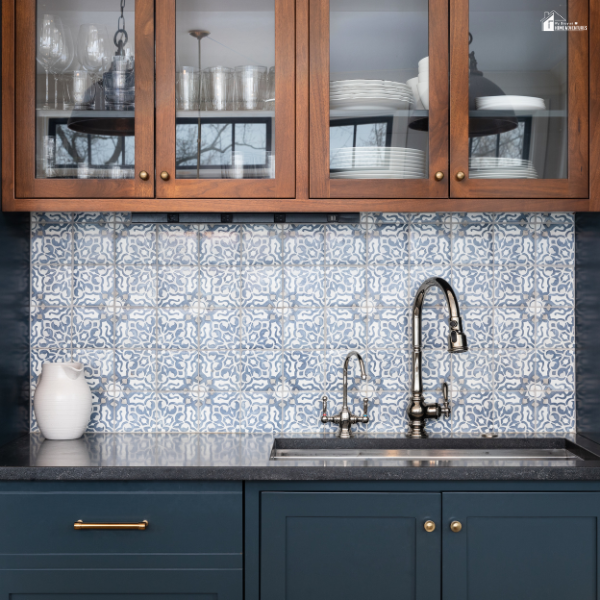
Where to Buy the Best Handcrafted Terracotta Tiles
If you are investing in artisanal materials, sourcing matters. A leading design name offers a beautiful collection of handcrafted terracotta tiles by clè, made with traditional techniques that respect the clay’s natural integrity.
clètile collections include:
- Moroccan-inspired zellige-style tiles in rich, earthy hues
- Large format squares and hexes
- Both glazed and unglazed finishes
clé’s offerings are ideal if you're looking for authenticity, quality, and longevity in your remodel. And yes, they look even better as they age.
Expert POV: What Designers Are Saying
“Terracotta is having a moment because we are craving materials that feel real and grounded,” says Caroline Chin, a San Francisco-based interior designer known for her earthy-modern kitchens. “When I source handcrafted terracotta tiles, I know I’m getting depth, tone, and an emotional connection to the space.”
She often uses terracotta to contrast sleek modern appliances, bridging old-world charm with contemporary function.
Things to Know Before Installing Terracotta
While we love the look, it’s essential to understand the characteristics of terracotta before diving in.
1. Porosity
Terracotta is naturally porous, meaning it can absorb water and stains. You’ll need to:
- Seal it during installation
- Maintain it with periodic re-sealing (every 1–2 years is a good rule of thumb)
And once your tiles are installed, caring for them properly is key to preserving their beauty. Because terracotta is a natural clay tile, it requires gentle cleaning methods; harsh chemicals or abrasive tools can damage the surface. For more tips on how to keep your floors in top shape, check out our guide on how to clean and maintain natural flooring surfaces.
2. Color Variations
Don’t expect perfect uniformity. That’s not a flaw, it’s the beauty of it. Be sure to lay out your tiles before installation to distribute variations evenly.
3. Subtle Patina Over Time
Expect some wear, slight changes in tone, and a patina that deepens with use. This is a feature, not a bug. It’s what gives terracotta its lived-in beauty.

Style Pairings That Work Beautifully
To bring out the best in terracotta, pair it with complementary materials and finishes:
- Natural wood cabinetry for a rustic feel
- White oak or walnut for a Scandinavian twist
- Matte black fixtures for contrast
- Linen or cotton window treatments
- Open shelving with handmade ceramics
Want a more modern take? Contrast the warmth of terracotta with sleek quartz countertops and flat-front cabinets in olive or navy.
Final Thoughts: A Kitchen That Feels Like Home
Your kitchen remodel shouldn’t just follow trends; it should reflect your values, your style, and the way you actually live. By incorporating handcrafted terracotta tiles, you’re choosing a material that’s steeped in tradition yet perfectly suited to modern life.
Whether underfoot, behind the stove, or making a quiet statement on an accent wall, terracotta brings something most remodels lack: soul.
So as you sketch and sample, and plan your dream kitchen, don’t overlook the power of earth, fire, and craft. A little baked clay might just bring it all together.
FAQs
Is terracotta tile good for kitchen floors?
Yes, as long as it’s properly sealed and maintained, terracotta tile is a durable and long-lasting option for kitchen flooring.
Are handcrafted tiles worth the cost?
Absolutely! Especially when sourcing from trusted makers like clétile. The character, sustainability, and longevity you get from handcrafted tiles often outweigh the upfront cost.
Can I use terracotta in a small kitchen?
Yes! Use smaller tiles or lighter shades of terracotta to avoid overwhelming the space. Their warm tones can actually make a compact kitchen feel cozier.


